Крис Grinter, 19 апреля, 2011
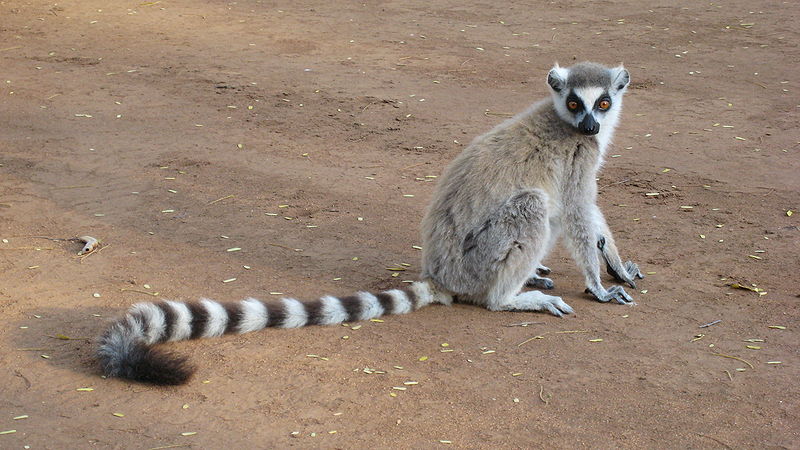 Источник: Википедия Оказывается, что Ричард Брэнсон новой идея; чтобы сохранить Кошачий лемур (Lemur Катта) по импортировать их на свой частный Британский Виргинские острова. Как точки статьи из Branson потратили миллионы фунтов и годы усилий, чтобы превратить остров в “самый экологически чистый остров в мире”. Но похоже, что г-н Брэнсон решил отказаться от науки о сохранении и переписать ее в более дружественной для пиара форме.. Пришли лемуры, несмотря на предостережения его собственной экологической оценки, потому что он хочет “…чтобы создать вторую среду обитания на острове, и условия на Москито идеальны.” Возможно, у Брэнсона есть словарь причудливого мира, в котором определение слова «совершенный» звучит так: “что-то совершенно не похожее на оригинал”.
да конечно, поначалу идея кажется прекрасной – лемуры находятся под угрозой исчезновения, почему бы не попытаться дать им второе дикое убежище? Хорошо, Доктор Джеймс Лэзелл из Агентства по охране природы 31 лет опыта работы на Виргинских островах и отметил, что “Лемуры подвижные, ловкий, агрессивный, всеядные животные, которые могут оказать пагубное влияние на эти простые островные экологии. Едят абсолютно все - ящериц, фрукты, корнеплоды, насекомые, птицы’ яйца.” О, но не волнуйся, ничего плохого не может случиться, если вы познакомите приматов с островом (представленные приматы опустошают Флорида-Ки). Брэнсон знает, что лемуры будут только “взять странного геккона” (как редкий эндемичный карлик-геккон Sphaerodactylus parthenopion), не говоря уже о том, что они, вероятно, не распространятся на другие острова, так как они “ненавижу плавание” (кольцехвостый лемур плавание).
Так почему тогда хвостатые? Не потому, что это самая большая опасность (имеются лоты других более исчезающие лемуры), но потому что это самый знаковый. Вот что меня действительно заводит по поводу этой нелепой идеи. Он не только наивно вводит потенциально инвазивные виды в чувствительную островную среду обитания. – но поскольку он распространяет ложное послание о сохранении. Как медлительный ребенок, Брэнсон бросился к хвостатому, чтобы спасти его, полностью упустив из виду идею сохранения.. Хвостатая - флагманский вид., тот, который привлекает внимание к разрушениям, происходящим на Мадагаскаре. Одно симпатичное приятное животное, олицетворяющее поразительно уникальные и разнообразные среды обитания своей родины.. Но нет, если Ричарду Брэнсону есть что сказать по этому поводу.. Зачем защищать Мадагаскар, если можно налететь и создать новый дом для приматов, которых все любят? Фу, кризис предотвращен. Ричард играет на скрипке, пока горит Мадагаскар.
Я подозреваю, что этот причудливый островной зоопарк просто маскируется под охрану природы, и реальный стимул для этого - коммерческий. В течение следующих нескольких лет будет несколько “роскошь, дома с нулевым выбросом углерода, построенные на острове”. Замечательная схема стимулирования покупки домов, стоимость каждого из которых, несомненно, составляет десятки миллионов долларов. – и вы можете притвориться, что чувствуете себя хорошо, защищая мир, пока вы это делаете. В конце концов, на Виргинских островах нет харизматичной дикой природы.; природа определенно делает ужасную работу по созданию страны чудес миллиардеров. Что будет дальше с островом?
Может быть… просто возможно… Брэнсон доктор. Моро въезжает первым.
Крис Grinter, 18 апреля, 2011 Несколько недель назад я был приглашен присоединиться к классу энтомологии Berkeley в области на выходные. Our destination was the Мореный дуб Ranch заповедник; один из самых новых запасов в Калифорнийский университет, расположенных за пределами Сан-Хосе Гамильтон (карту ниже). It was a joint spider and beetle class trip, hosted by Charles Griswold и Dave Kavanaugh respectively. And despite a frost on Saturday night we managed to find some interesting insects. You’ve already seen my images of the Scaphinotus (Carabidae), but here is a larger set of images from both myself and colleague and fellow blogger Тамас Szuts.
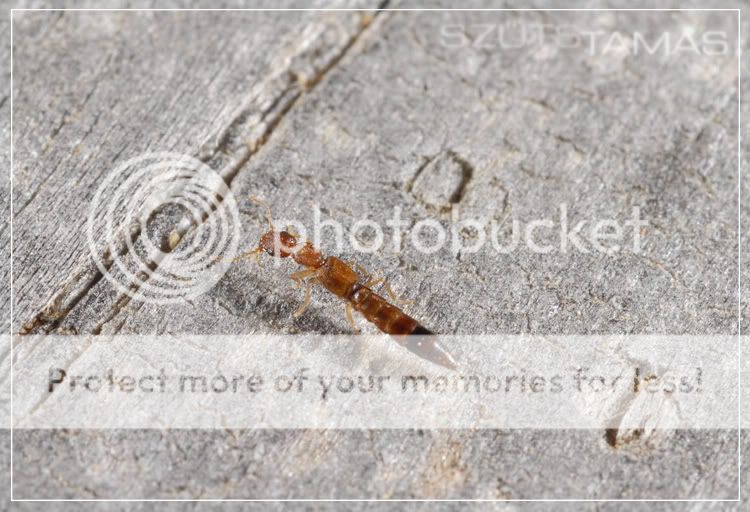 Staphylinidae: Aleocharinae? 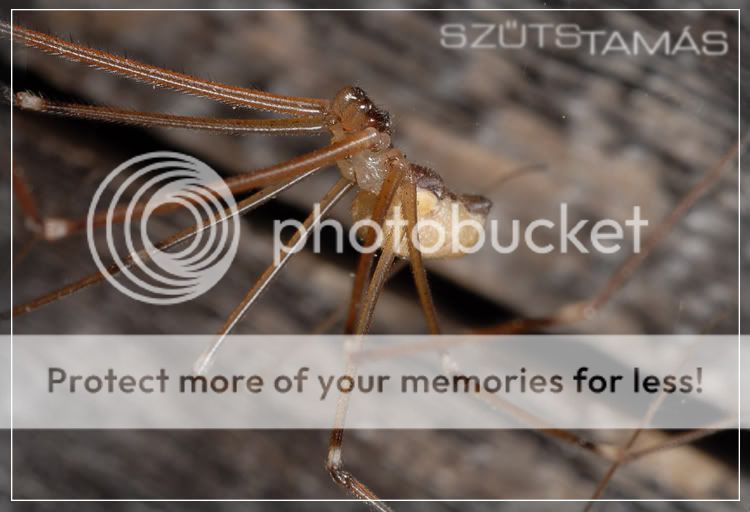 Pholcidae : likely Pholcus sp. 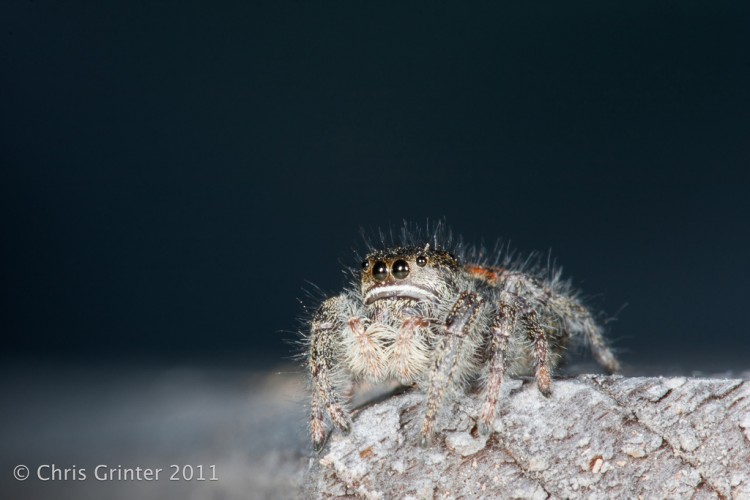 Salticidae: Phidippus sp. Continue reading Blue Oak Ranch Reserve
Крис Grinter, 6 апреля, 2011 Хорошо – несколько извинений за не имея полные изображения * еще * личинок в вопросе (Я буду через несколько дней!). За выходные я был с группой студентов Беркли на горе Гамильтон и докторант Meghan Калпеппер собрали несколько видов Scaphinotus и некоторые личинки! Таким образом, образец, найденный в понедельник, действительно был личинками жука Scaphinotus, питавшимися внутри панциря местной наземной улитки.. Эта задача была сложной, поскольку эти хищные личинки скафинотуса встречаются редко, и изображений их не существует. – и никто из них не кормит. Повезет в следующий раз!
На данный момент, вот неопределенный вид Scaphinotus. В ближайшие недели у меня будет 4-5 виды сфотографированы и идентифицированы (от Меган) – и личинки необходимо будет секвенировать на предмет идентификации вида.. Следите за обновлениями.
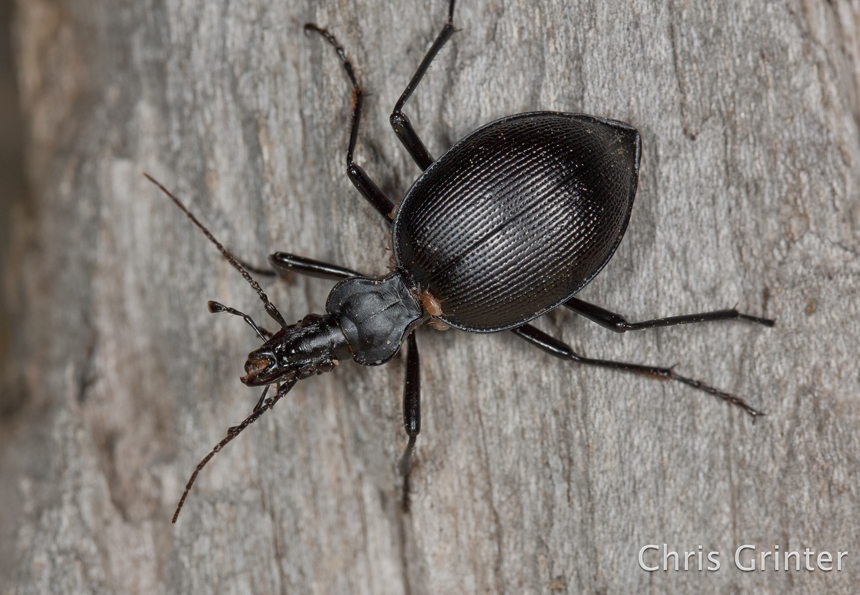
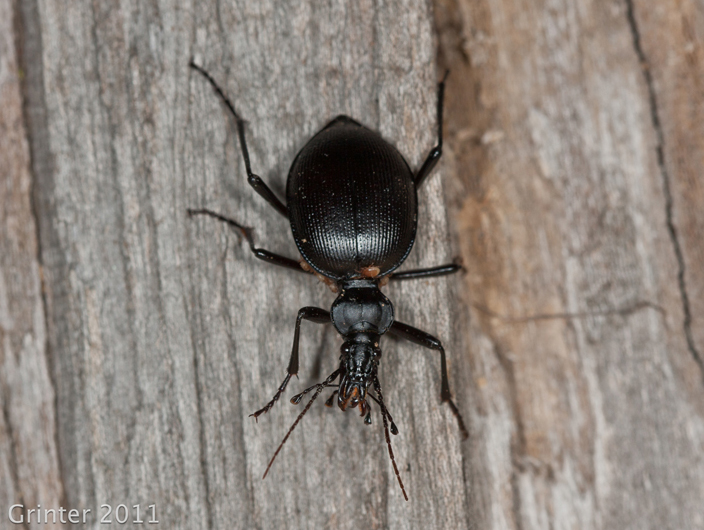
Крис Grinter, 4 апреля, 2011 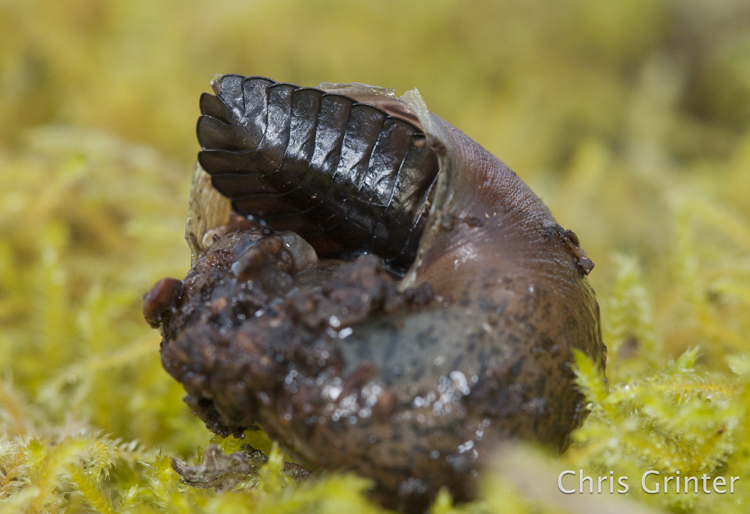
Столкнулся с этим парнем в то время как в области на днях, что происходит здесь? Очки начисляются за заказа / семейный / Род – но даже эксперты в этой группе не могу понять, виды совсем еще.
(все в поле со мной должны держать свои комментарии до догадки не входят в!)
Крис Grinter, on March 30th, 2011 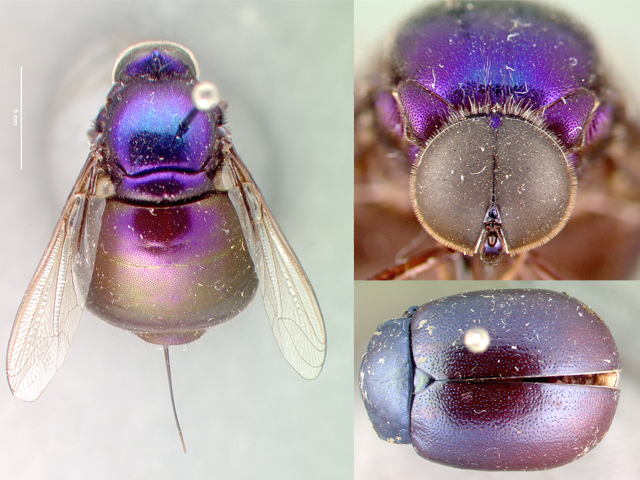 Lasia klettii: Photos by April Nobile, CAS Lasia klettii: Photos by April Nobile, CAS
For the most part flies are not an insect I get overly excited about. Однако, the enigmatic family Acroceridae are the exception. I’ll start sharing some interesting genera from time to time – the morphology of the family is amazingly diverse. Most of my days are spent at the museum inventorying our massive collection of over 16,000 Acorcerids (aka small-headed flies). That may not sound all too impressive when you compare it to other more abundant families (and it does pale in comparison to the over 17,500,000 other specimens we do have in the museum); but it turns out to represent many, if not most, из все known specimens for the entire family. While there are likely large assemblages of these flies in other institutions, the California Academy of Sciences can easily claim the record ever since receiving the collection of Dr. Evert I. Schlinger (who occasionally comes in to work from the museum).
Acrocerids turn out to be a rather difficult group to study because of how rare they are in nature, their parasitoid biology, and how difficult they can be to catch on the wing. Their large thorax is packed with muscles that rocket the fly through the air – so if you don’t catch them at a flower you’re left longing for a Malaise trap. Ev did tell me one story of learning to catch these on the wing in Costa Rica. You stand downwind from a colleague in the field – as soon as someone hears something zip past, you swing wildly hoping to snare the fly by chance… it does work every once in a while. These flies are also the only known endoparasites of adult spiders (there may be a record of a Tachinid…). The above genus, NeoLasia, is a parasite of Theraphosid tarantulas (something like Aphonopelma). As a larvae the fly works its way up the legs of a spider and burrows into the abdomen where it then settles in next to the book lung and pokes a little breathing hole. Then it waits patiently for the spider to near maturity. With female tarantulas, the fly could be dormant for decades. Eventually something akin to the movie Aliens happens and the larvae feeds on the internal organs of the spider then emerges to pupate. But figuring out whether or not a spider has a parasite is impossible without a dissection – so large collections of live spiders must be maintained to obtain host records. Parasitoid biology is just so cool.
The above specimen (Lasia klettii a new, unnamed, вид) was collected in 1977 by Schlinger near the town of Alamos, Мексика – on flowers with the likely mimic model, a Chrysomelidae beetle (beetle people, any ideas beyond family?).
Крис Grinter, 24 марта, 2011 Better be careful of what you do while out in the countryside. Farms can be dangerous places, especially if you’re a photographer. Proposed legislation in Florida, titled simply “farms”, is attempting to make photography or drawings in, on or из a farm without explicit written consent a first degree FELONY (до 30 years in prison). What could possibly be the justification for this legislation? Journalist Barry Doyle suggests the good Senator is tightly in the pockets of Agribusiness – looking out for those poor farmers who are targeted by animal rights groups or even worse – human rights groups! I tend to concur, this legislation is a disgusting piece of corruption. It gets pretty bad:
(2) A person who photographs, video records, or otherwise produces images or pictorial records, digital or otherwise, at or of a farm or other property where legitimate agriculture operations are being conducted without the written consent of the owner, or an authorized representative of the owner, commits a felony of the first degree…
I strongly encourage any of my Florida readers to write to Senator Norman and express your absolute disgust in his legislation.
14031 N. Dale Mabry Blvd.
Tampa, FL 33618
(813) 265-6260
Senate VOIP: 41200
I also encourage everyone else everywhere else to write to your US representative and exclaim your outrage over this possible violation of first amendment rights (only a proposed violation at this moment).
And just for good measure, here is a bad cellphone picture I took while in Oregon with lots of farms.
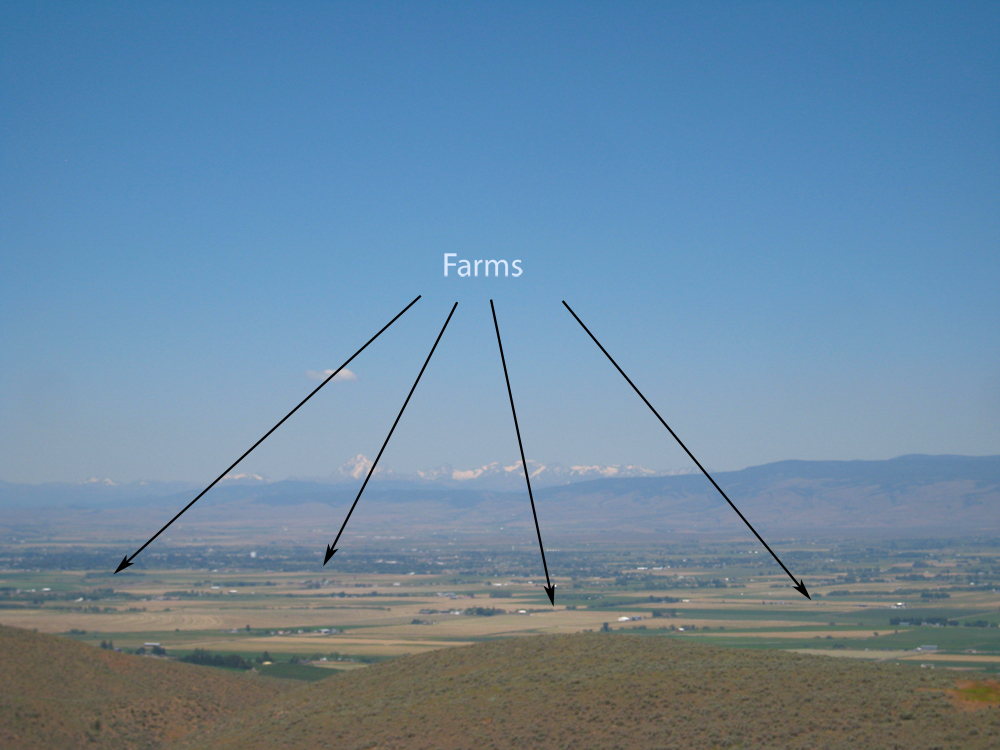
Крис Grinter, 22 марта, 2011 Usually I come across horrible entomology articles regularly enough that I save a backlog for future series. This hasn’t been the case over the last few weeks, I haven’t come across the normal array of terrible media crud. Maybe I just get jaded and stop looking as carefully – but this week I even came across a moth related correction from the Maui News. They fixed their error, but must have deleted the original article…
And for this week I found эта статья with the image below. Should be pretty easy to spot the weirdness (they do at least manage to point out that the moth is нет the LBAM (light brown apple moth)).
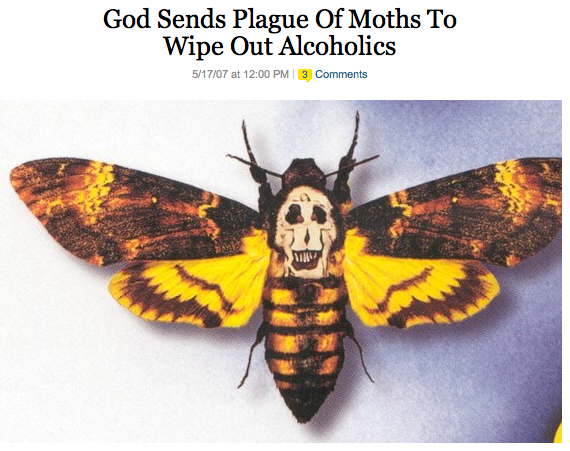
Крис Grinter, 18 марта, 2011 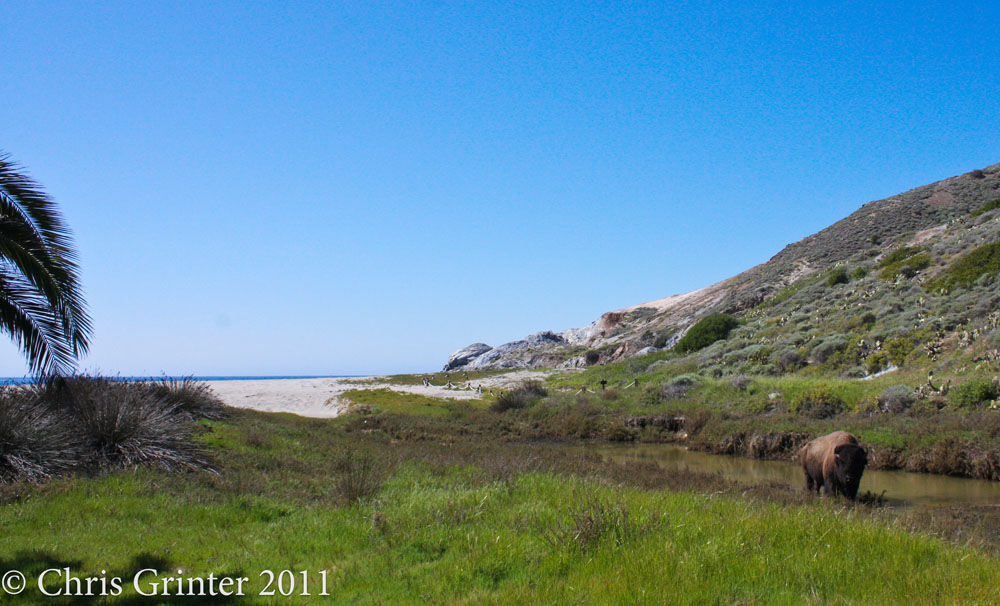
Perhaps the only place in the world where you can find an American bison (vs. buffalo) standing near a beach next to a palm tree. The week on Santa Catalina was an wonderful one, and despite a cool spring with a few unseasonable frosts, some decent collecting was done. Here are just a few amusing images and you’ll notice one thing right away: no fields of wildflowers! As it turns out, almost a century of goat, pig and bison grazing has left mostly grass and cactus on the island. At one point there were over 1000 bison and countless herds of goats; it’s a wonder anything survived at all! Сегодня, there are thankfully only a modest ~200 bison left that are even on birth control (you guessed it, you can’t shoot the damn things since people “love” them – just like the stupid eucalyptus you can’t cut down). В 1924 a small heard of bison were brought over to shoot the movie The Vanishing American. Естественно, the project went over budget, the scene was cut and the animals were let loose instead of paying to return them home. 80 years later and you’re left with an island you can only fight to “conserve” and not restore. Sad fact is that we have no clue what the island actually used to be like. It’s even hypothesized that the endemic island fox (of which we saw 6!) was brought over by indigenous peoples a few thousand years ago from neighboring islands. I guess it’s in our nature to mess with our environment.
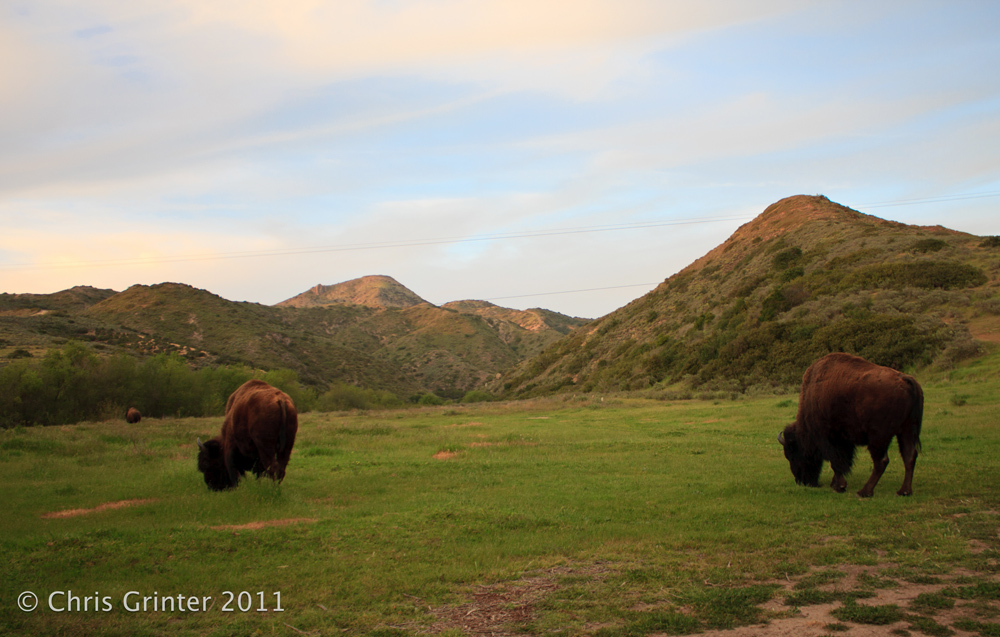
As I was photographing the above, this beast walked up behind me. It wasn’t running, I was!
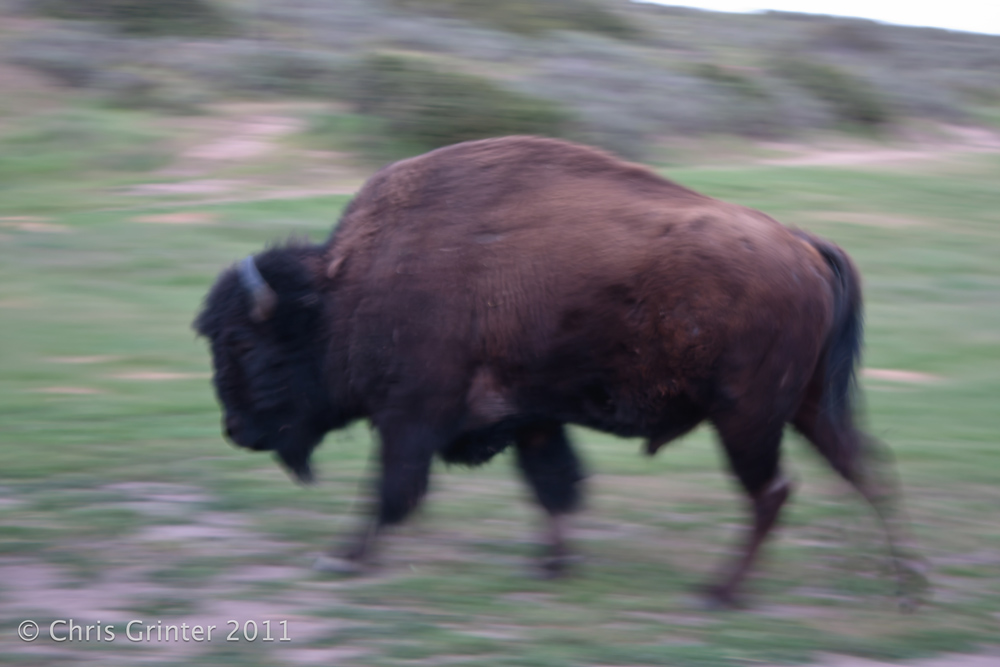
Крис Grinter, on March 8th, 2011 [cetsEmbedGmap src=http://maps.google.com/maps?ll=33.393039,-118.416824&spn=0.359452,0.715485&t=h&z=11 width=600 height=330 marginwidth=0 marginheight=0 frameborder=0 scrolling=auto]
Tomorrow morning I’m off for a 10 day collecting trip down to Catalina Island. I’ve been lucky enough to be invited to join Dr. Jerry Powell of UC Berkeley on a moth survey, and this will be my first time to any of the islands. The Channel Islands are known for their high levels of endemism, and none is more famous than the Channel Island Fox. There are also a handful of endemic butterflies and moths that I’ll be hoping to find, but at the very least I know it’s wildflower season and I’ve got my camera primed.
I will likely have little or no access to the internet while staying on the island, so hang tight for a week. Had I planned ahead I would have scheduled posts or a guest author! Please do stay tuned for some of my first images of the 2011 field season.
Крис Grinter, 3 марта, 2011 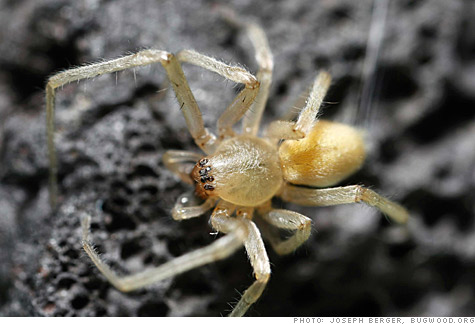
По-видимому something in the Mazda 6 fuel line is warm and inviting for the yellow sac spider, enough so that they are building webs over the vent systems of the 4 cylinder vehicles (and not the 6!). The problem has been deemed a “spider infestation” by the car company, and the clogged vent lines then can lead to a cracked gas tank and the possibility of a fire.
“A certain type of spider may weave a web in the evaporative canister vent line and this may cause a restriction of the line”
So far only 20 cases are confirmed, but this problem is prolific enough that it has lead to a recall of over 52,000 sedans! I think it’s high time the major car companies hire entomology consultants – after all, my retainer would be a lot less than the cost of that recall…
I consulted with our resident team of arachnologists here at the CAS, and the above image does appear to be a sac spider. It’s too hard to tell from the image, but it’s probably not an egregious taxonomic failure.
|
Скептицизм
|














